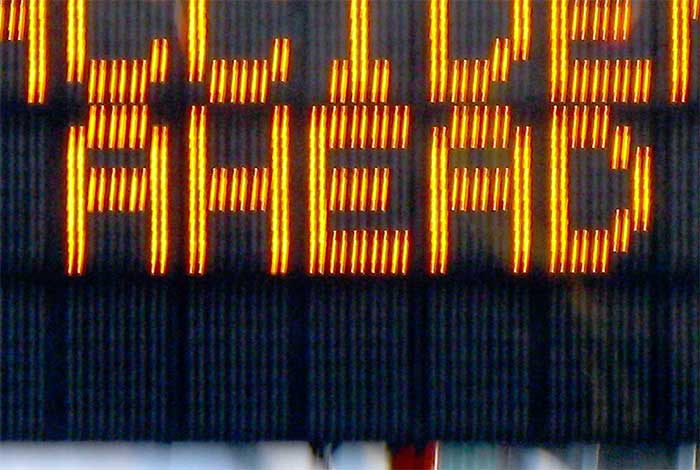In discussions of traffic safety, it’s all too common to desensitize ourselves from the striking numbers of roadway crashes that occur: 32,999 fatalities, 3.9 million non-fatal injuries, and 24 million damaged vehicles in 2010. What does all this data mean for our society, economy, and quality of life? In a new report, the National Highway Traffic Safety Administration (NHTSA) helps shed light on the economic impacts of these daily tragedies.
The report, examining 2010 data, found that one year of traffic crashes costs the U.S. $871 billion, roughly six percent of GDP, or $2,800 for every person in the United States. This figure includes $277 billion in economic costs and $594 billion from the loss of life and decreased quality of life due to injuries.
The report provides a wealth of information, including a breakdown of costs for various causes of unsafe driving. The leading causes of societal harm include speeding ($210 billion annually), drunk driving ($199 billion), distracted driving ($129 billion). Crashes involving bicyclists and pedestrians account for $90 billion annually, or 10 percent of total societal harm caused by motor vehicles.
Unfortunately, the NHTSA report is thin on analysis of preventative street design measures. It thoroughly looks at the value of preventative measures such as seat belts, which save $349 billion in societal costs annually and $8 trillion over the last 36 years. However, the report provides little insight to roadway designs that enhance safety. This omission is unfortunate compared to other publications like Dangerous by Design: we know, for example, that speed kills, so what is the opportunity cost of designing roadways for speed versus safety? How can lower speed limits, road diets, and other safety improvements reduce societal costs?
The report also does not address other adverse effects of traffic crashes and unsafe streets. Unsafe streets represent a key environmental factor for obesity: neighborhoods that are unsafe for walking and biking often suffer from the highest rates of obesity. What is the cost of traffic crashes in inhibiting more active lifestyles?
A human life is priceless. Nevertheless, these reports are helpful to support a sane discussion of transportation priorities in a society which views traffic crashes as an inconvenience as opposed to a tragedy, and a political environment that often views safety improvements as “non-essential” spending. Traffic crashes not only affect victims and their families, they hurt our economy, environment, and quality of life.


